Crawler Loaders 983 Cat Loader For Sale – A home, a car, a piece of jewelry, a moment in time, a relationship — all of these things, at some point, become commodities. These generations are more aware of the environmental impact of fast fashion, disposable goods, and the need to adopt more sustainable practices. For many, owning a quality product means owning a piece of history, a connection to something larger than themselves. These platforms provide a convenient way for sellers to connect with potential buyers, set their prices, and arrange for shipping or pick-up. These goods, once owned and used by someone else, offer a unique opportunity for both sellers and buyers to exchange items that might otherwise go unused. Negotiation is often the most delicate part of the sale process. Another key benefit of second-hand goods is their positive impact on the environment. The artist who created it may have one understanding of its worth, while a collector may see it as a valuable investment, and a casual admirer might simply appreciate its beauty without considering its monetary value. In the realm of real estate, for instance, selling a house is often an emotional and logistical challenge. They can assist in determining the right price for the business, marketing it to potential buyers, and managing the negotiation process. Brokers are well-versed in valuation, marketing, negotiation, and closing procedures, which makes them invaluable assets in the business-for-sale process. When people buy second-hand items, they are extending the life cycle of those goods, which means fewer products end up in the trash. Whether it’s vintage clothing, antique furniture, or used luxury watches, second-hand goods offer an opportunity for buyers to find quality items that are no longer available in stores. The world of second-hand shopping has also made quality goods more accessible. When we begin to view everything through the lens of commerce, it’s easy to lose sight of the things that make life worth living — the moments that aren’t for sale, the experiences that can’t be bought. The idea of “everything for sale” challenges our understanding of what is sacred, what is essential, and what is truly priceless. For the seller, the goal is to achieve the highest price possible for the business, while for the buyer, the goal is often to secure a fair price that reflects the true value of the business. This can bring about feelings of uncertainty, as there’s no guarantee that the right buyer or partner will come along. In this sense, online second-hand markets have not only made pre-owned goods more accessible but have also made them more desirable, offering an alternative to the mass-produced, one-size-fits-all nature of new products. The rise of online platforms has transformed the way second-hand goods are bought and sold.

1977 Caterpillar 983 track loader for sale sold at auction July 25
Easy, secure way to buyverified sellers onlyritchie bros.
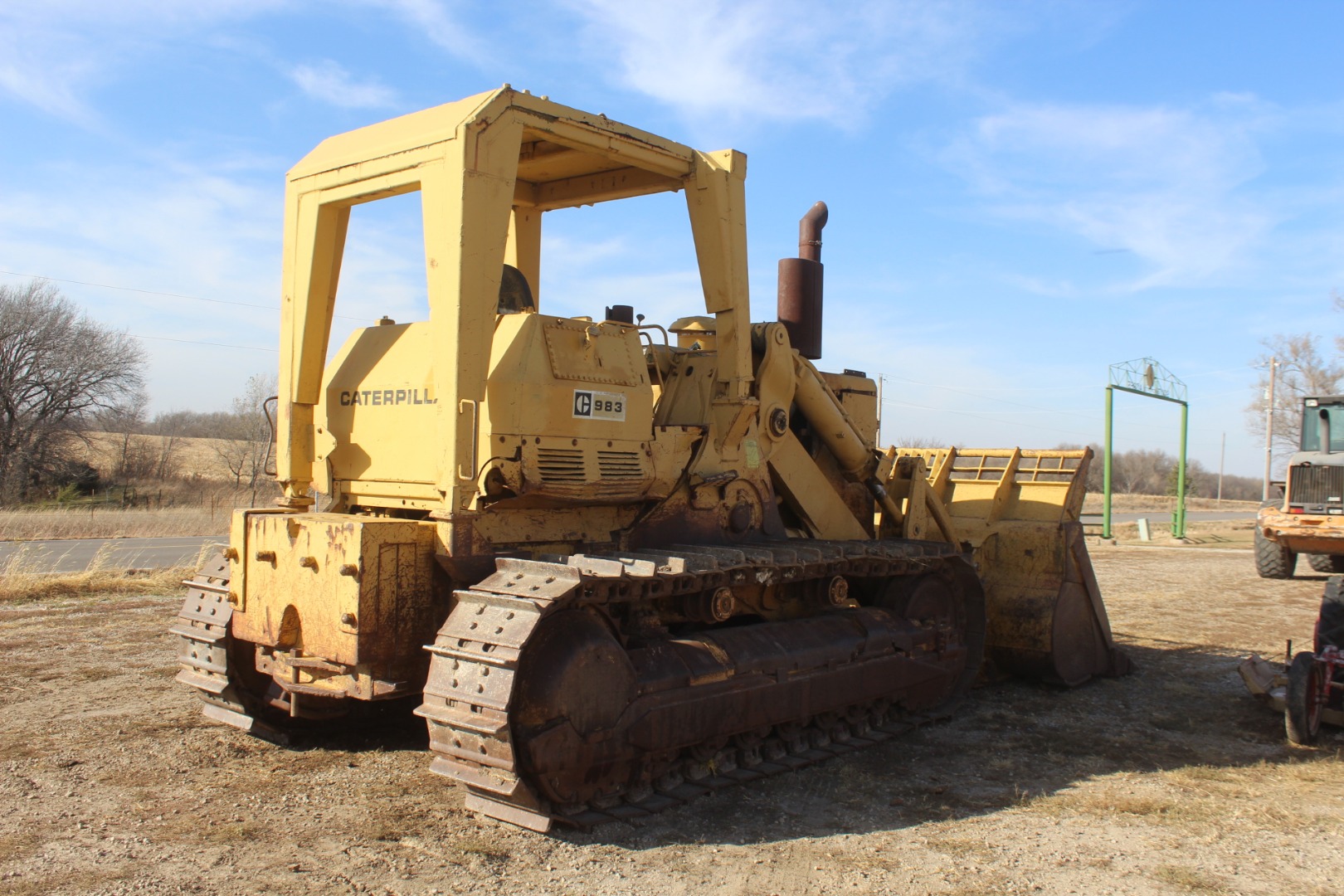
Caterpillar 983 Crawler Loader Tractor BigIron Auctions
Easy, secure way to buyverified sellers onlyritchie bros.

1977 Caterpillar 983 track loader in Kansas City, MO Item G3270 sold
Easy, secure way to buyverified sellers onlyritchie bros.
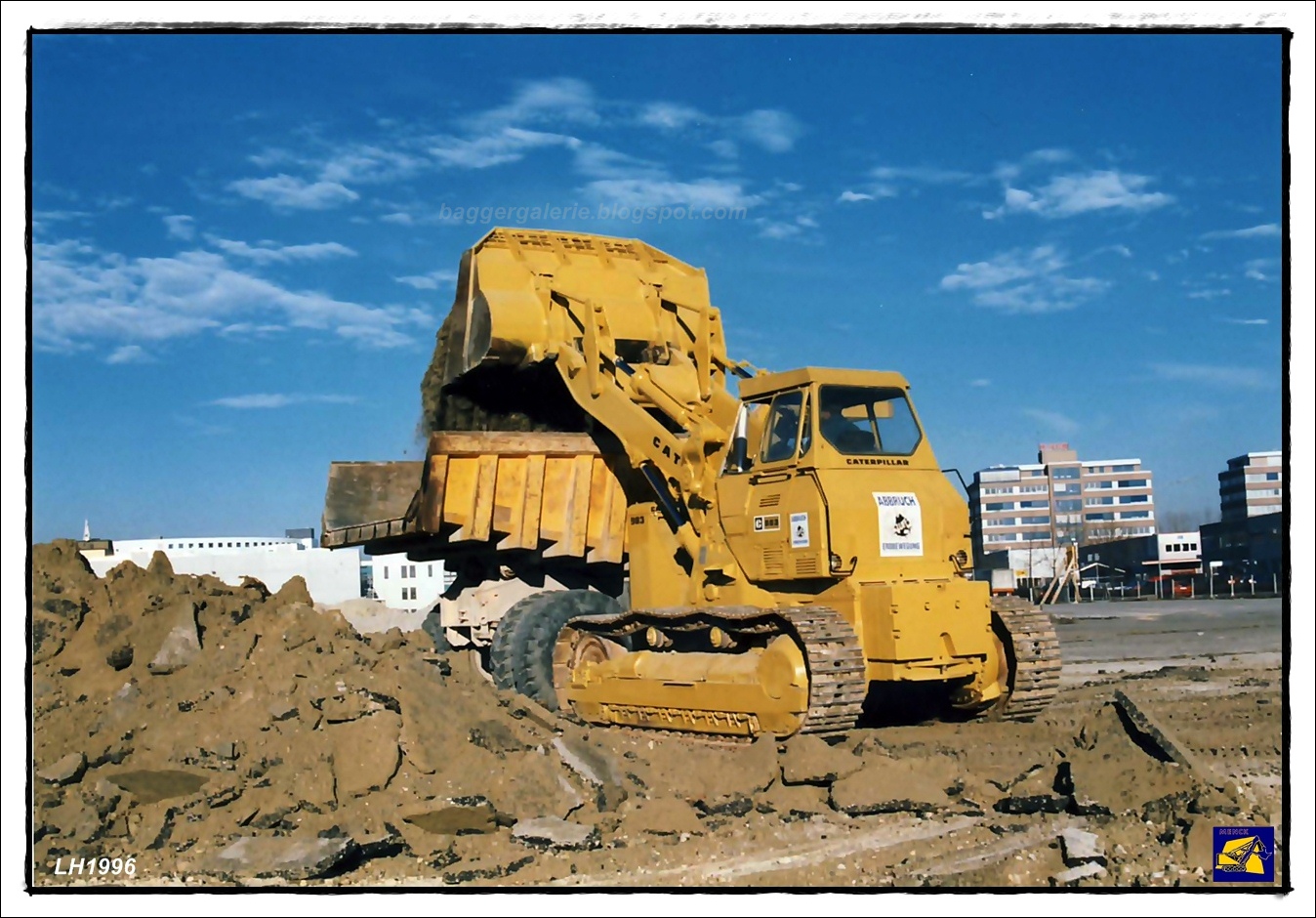
Bagger Galerie Construction Machines Caterpillar 983 Laderaupe Trackloader
Easy, secure way to buyverified sellers onlyritchie bros.

Caterpillar 983 Crawler Loader Tractor BigIron Auctions
Easy, secure way to buyverified sellers onlyritchie bros.

Caterpillar 983 Track
Easy, secure way to buyverified sellers onlyritchie bros.
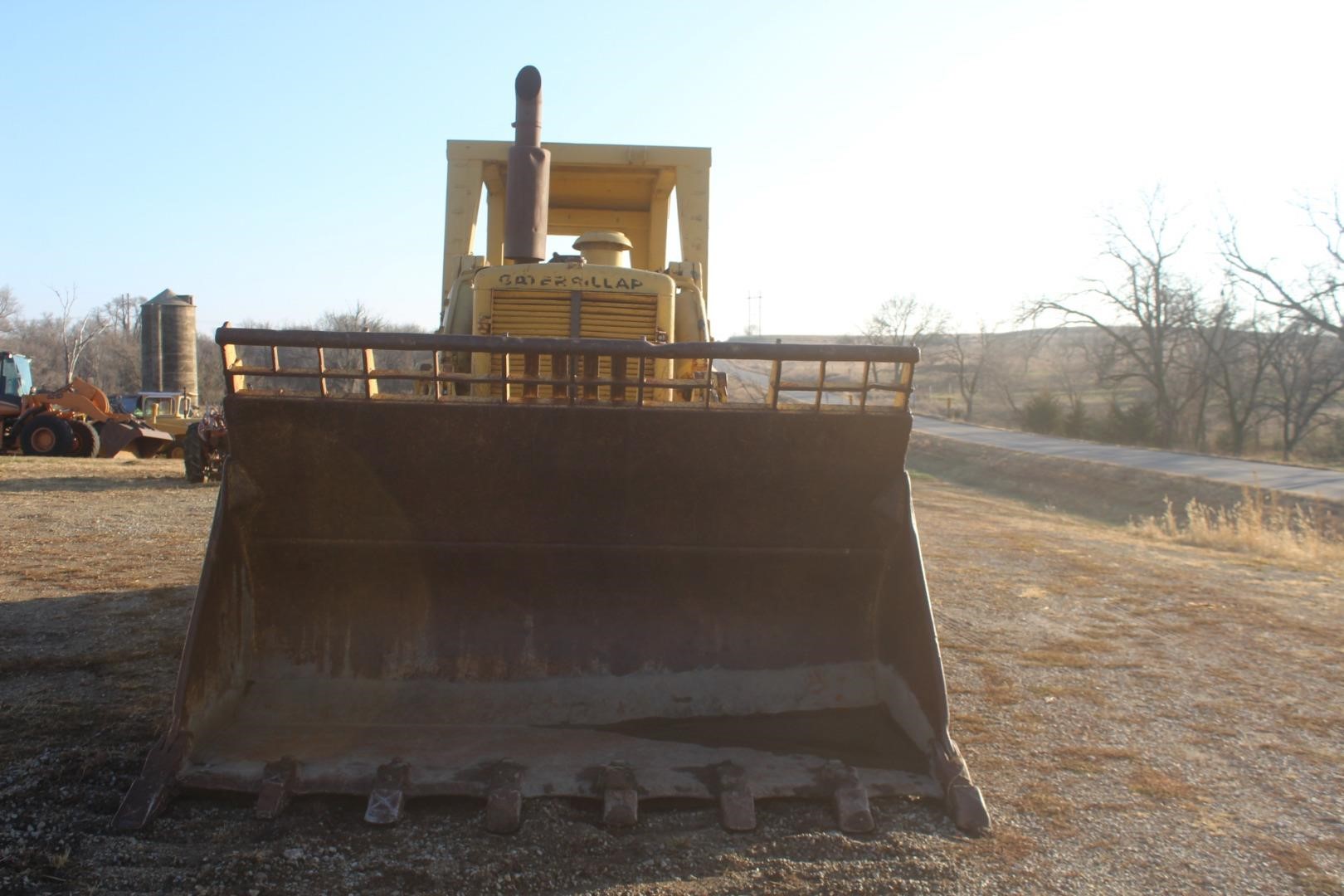
Caterpillar 983 Crawler Loader Tractor BigIron Auctions
Easy, secure way to buyverified sellers onlyritchie bros.

Caterpillar 983 Crawler Loader Tractor BigIron Auctions
Easy, secure way to buyverified sellers onlyritchie bros.
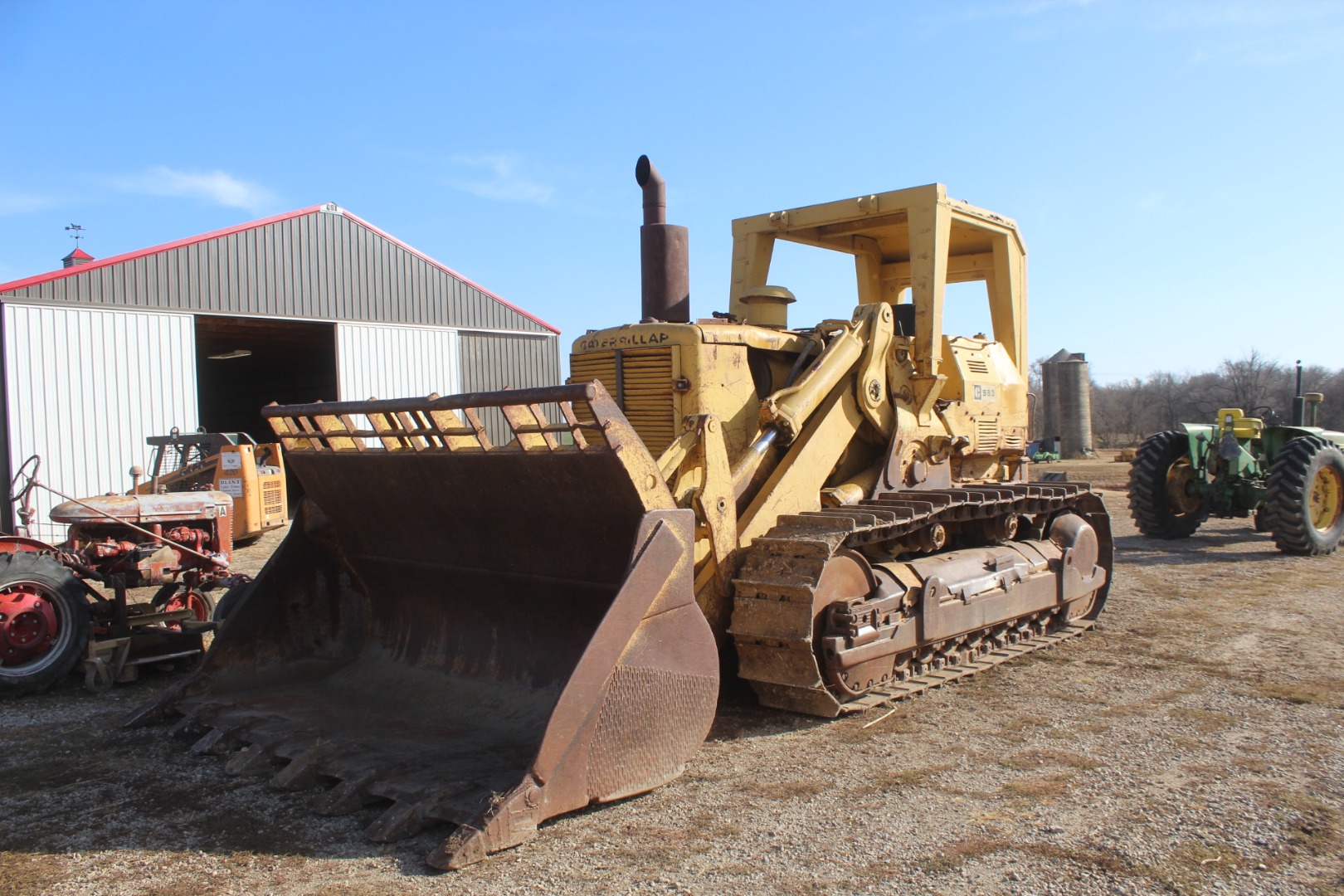
Caterpillar 983 Crawler Loader Tractor BigIron Auctions
Easy, secure way to buyverified sellers onlyritchie bros.
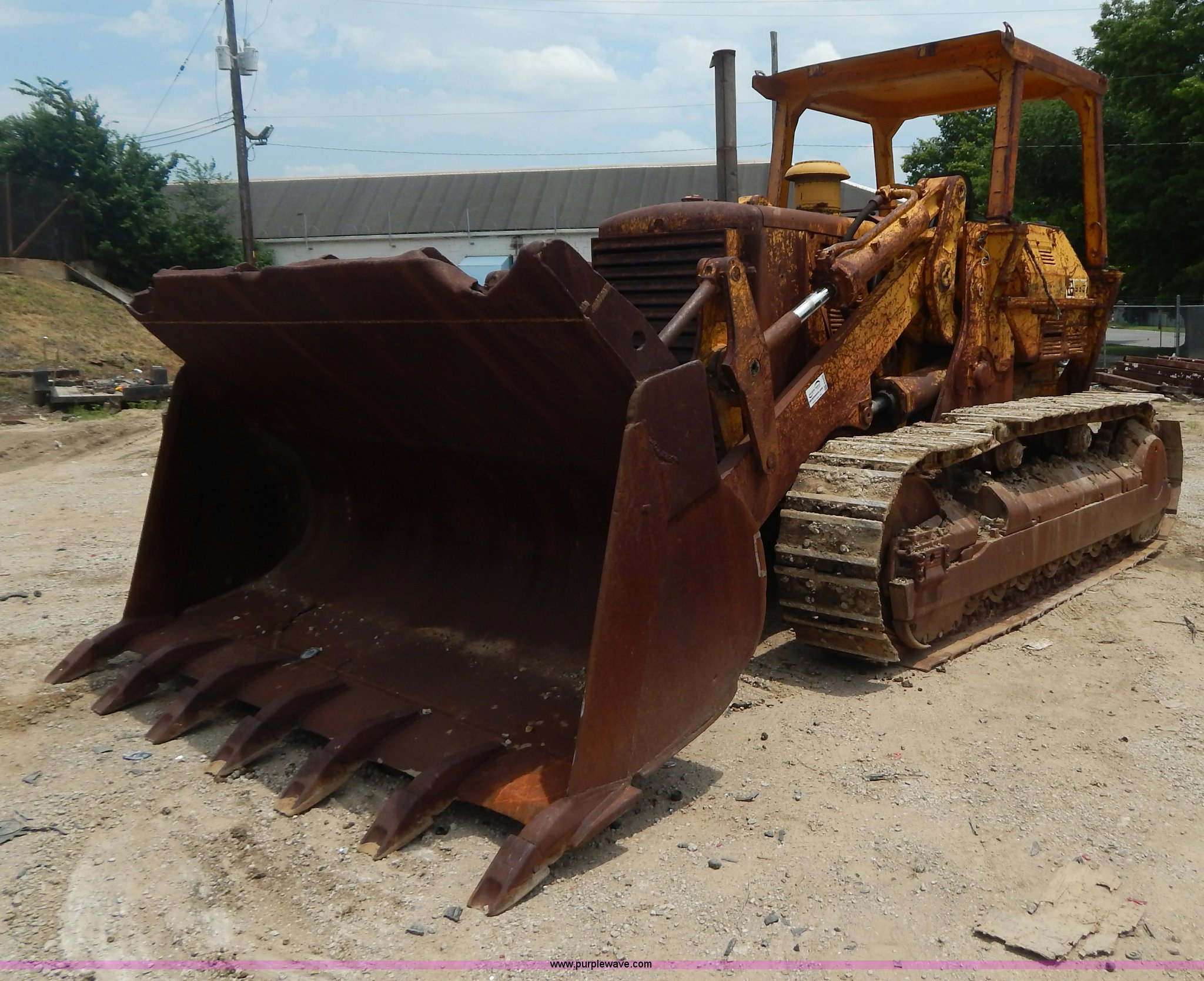
1977 Caterpillar 983 track loader in Kansas City, MO Item G3270 sold
Easy, secure way to buyverified sellers onlyritchie bros.
Workers are often paid meager wages for their labor, while corporations amass wealth. The growing interest in second-hand goods can also be attributed to shifting cultural attitudes toward consumption. For sellers, this creates an opportunity to declutter their homes and make some extra money, while buyers have access to a vast marketplace of affordable, unique, and sustainable products. They also often help with legal and financial aspects, ensuring that the transaction is completed smoothly and efficiently. This is particularly evident in industries such as furniture, clothing, and electronics. Additionally, there is the challenge of integrating the business into their existing operations and ensuring that it continues to thrive under new ownership. While many artists and creators are forced to sell their work in order to make a living, there is still a sense of purity in the act of creation. This desire for items with character and a story behind them has contributed to the growing appeal of second-hand goods. While the online second-hand market has flourished, traditional thrift stores and second-hand shops continue to play an important role in the buying and selling of pre-owned goods. The same logic applies to tools, kitchen appliances, furniture, and even technology. The very notion that everything can be bought and sold creates a society where inequality is not just accepted, but ingrained in the very structure of the economy. This has opened up new opportunities for small businesses to thrive and for consumers to access unique, well-made items that they might not have encountered otherwise. This shift from a linear economy, where products are made, used, and disposed of, to a circular one, where products are continually reused and repurposed, is a step towards a more sustainable and environmentally friendly world. Some goods, like a fine Swiss watch, carry decades or even centuries of tradition, built on a reputation of precision and excellence. The buying and selling of companies, brands, and even entire industries can reshape economies, alter job markets, and redefine how goods and services are delivered. Even in a marketplace where everything is commodified, there is still room for those moments and experiences that transcend value. Whether it’s the smooth finish of a well-polished wooden table or the satisfying feel of a perfectly balanced knife in your hand, quality goods evoke a sense of pride in their ownership. A piece of furniture, for instance, may hold sentimental value simply because it’s been in the family for generations. Similarly, in relationships, individuals may feel as though they are selling themselves, presenting their best qualities and hoping for the best outcome. Many online platforms also allow buyers and sellers to leave feedback and reviews, helping to build trust and credibility in the transaction.
Whether it’s the affordability, the environmental impact, or the opportunity to find unique items, second-hand goods provide an alternative to traditional retail shopping that is both practical and sustainable. Thrift stores often carry a wide variety of goods, from clothing and accessories to furniture, books, and electronics, and each item comes with its own story. Many everyday products, such as kitchenware, footwear, and tools, can also be considered quality goods, provided they are made to last and perform well over time. This revival can be attributed to a combination of economic factors, growing awareness of environmental issues, and a shift in consumer attitudes toward sustainability and the value of pre-owned items. Whether it’s a handmade leather bag, a vintage watch, or a luxury car, the term “quality” brings with it an expectation — an assurance that the item in question has been crafted with care, attention to detail, and materials that can stand the test of time. For some, the thrill of hunting for unique, one-of-a-kind items is as much a part of the experience as the purchase itself. The longer something is used, the less likely it is to contribute to the growing problem of waste. It is subjective, shaped by cultural norms, individual preferences, and the evolving standards of various industries. The sale and purchase of second-hand goods play a pivotal role in this transition, demonstrating how individuals can make a meaningful impact through everyday choices. Historically, many products were made by local craftsmen, and there was a direct relationship between the creator and the consumer. People place their belongings for sale for many reasons. Sellers can list items with detailed descriptions and high-quality photos, giving potential buyers a clear understanding of what they are purchasing. Websites like eBay, Craigslist, Facebook Marketplace, and Poshmark have made it easier than ever for individuals to sell their unwanted items and for buyers to find exactly what they are looking for. One common concern is the risk of purchasing items that are damaged or not as described. For the buyer, it can feel like a great opportunity, a chance to acquire something they’ve been searching for, or maybe just the satisfaction of knowing that a good deal is within reach. It carries the marks of life’s moments: the road trips, the adventures, the daily commutes, the memories of friends and family. The artist who created it may have one understanding of its worth, while a collector may see it as a valuable investment, and a casual admirer might simply appreciate its beauty without considering its monetary value. For many, purchasing second-hand goods is not just about saving money, but about embracing sustainability, supporting a circular economy, and contributing to a more environmentally conscious world. The “for sale” sign becomes a marker in time, a decision that has been made, signaling that it’s time to move on. This sense of history and individuality is part of what makes second-hand shopping so appealing.